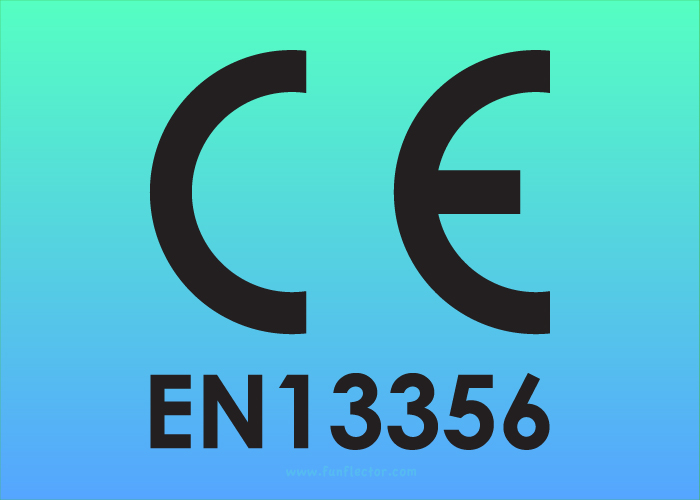Safety reflectors increase visibility at night, but are they doing enough to make drivers notice you? How do you know?

If you bought or received a funflector® reflector, you might have noticed the CE EN13356 marks on the labels. (The CE is a European mark for all types of consumer goods and should be followed with a more specific standard). Did you think you didn’t need to care since you are not in Europe?
Well, here is the reason we label our reflectors: In the US, ANSI standards specify the reflective and conspicuous power of reflective work wear for road workers, first responders etc, but for reflective accessories, there is no standard to lean on to know if we are doing our job or not. The European EN13356 for “Visibility Accessories for non-professional use” has instead become the defacto world standard, used everywhere from the Far East to the Americas.
The CE EN13356 standard specifies among others
- Size of reflective surface is at least 15 cm² (2.33 square inch)
- Minimum reflective power (SIL value) at different angles
- Durability when exposed to hot or cold weather and to rain and laundering*
- Minimum durability for normal wear and tear (against abrasives), free fall for hard reflectors, folding for soft reflectors.
- Labeling with manufacturer info and instructions for use and storage
As far as we know, only two brands of reflective layers for soft reflectors have enough reflective power to conform to EN13356 with the minimum size. One of them is 3M Scotchlite, which we use for funflector® reflectors. Reflector made with other (read: cheaper) materials, will need to be larger to reflect enough light to give the same level of safety. There are a couple of brands on the North American market that use EN13356 as a bench mark and a plethora of budget reflectors which will compromise the safety for you and your loved ones. Without that mark, the price and the quality of information about the product are your best clues.
The funflector team
* We recommend not to put soft reflectors in the laundry, but instead wipe them with a damp cloth if they are dirty. If you have used yours for a while and then put them in the washing machine, they might let water in which makes them less effective. That said, like most people, we sometimes forget to check our clothes for reflectors, and most often they come out of the washing machine just fine.

